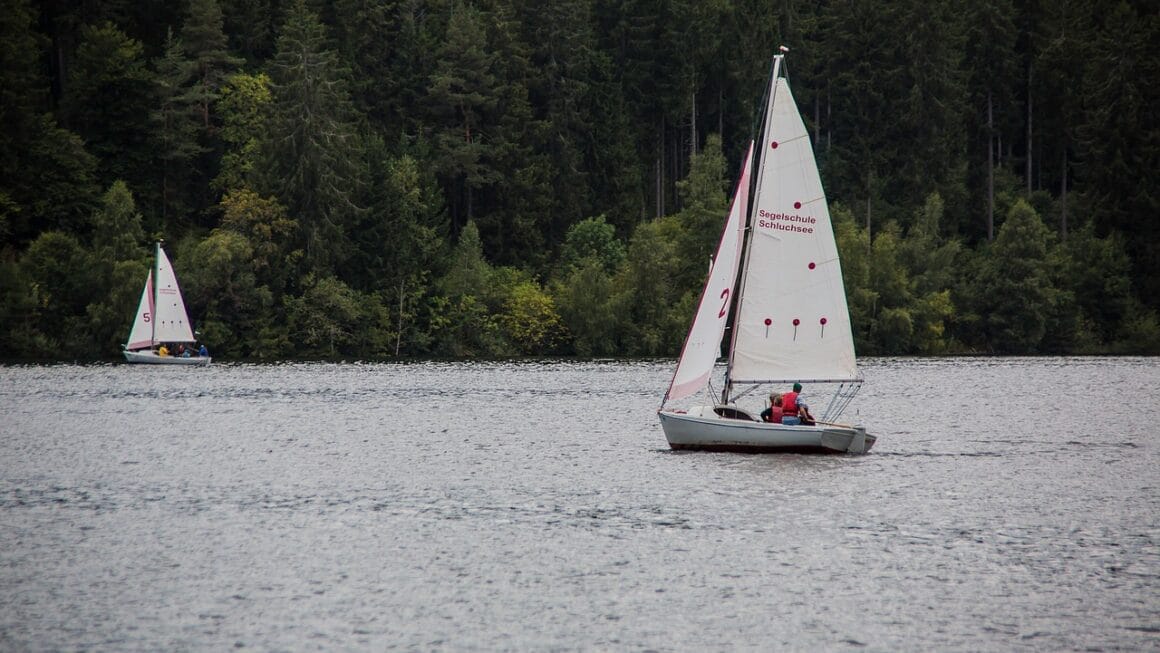Pushing your limits, defying gravity, and experiencing adrenaline rushes that redefine “thrill” – these are the hallmarks of extreme adventures. More than just hobbies, these activities offer transformative experiences, forging resilience, building confidence, and creating memories that last a lifetime. This blog post delves into the captivating world of extreme adventures, exploring diverse activities and providing practical insights for those seeking to embark on their own extraordinary journeys.
Understanding Extreme Adventures
Defining Extreme: Risk and Reward
Extreme adventures involve a high degree of inherent risk and physical exertion, often pushing participants beyond their comfort zones and perceived limitations. It’s a delicate balance between managing risk and maximizing reward, where careful planning, expert guidance, and a healthy respect for the environment are paramount.
- High Stakes: Extreme adventures present a legitimate potential for injury or even death.
- Physical and Mental Demands: These activities require a high level of physical fitness, mental fortitude, and adaptability.
- Skill and Training: Proper training, certification, and experience are essential for mitigating risks and ensuring safety.
- Environmental Awareness: A deep understanding and respect for the environment are crucial for responsible adventure.
Why People Seek Extreme Experiences
Why do individuals willingly subject themselves to such challenges? The answer lies in the profound sense of accomplishment, self-discovery, and personal growth that these experiences offer.
- Adrenaline Rush: The physiological response to danger provides a thrilling sense of exhilaration.
- Sense of Accomplishment: Overcoming challenges and pushing personal boundaries builds confidence and self-esteem.
- Mental Clarity: Disconnecting from daily routines and focusing on immediate survival can provide mental clarity and perspective.
- Connection with Nature: Many extreme adventures involve immersing oneself in stunning natural environments.
- Building Resilience: Experiencing and overcoming adversity fosters resilience and adaptability in all aspects of life.
Popular Extreme Adventure Activities
Mountaineering and Ice Climbing
Scaling towering peaks and frozen waterfalls requires exceptional physical strength, technical skill, and unwavering determination.
- Examples: Climbing Mount Everest, K2, or Denali; ice climbing in Ouray, Colorado or the Canadian Rockies.
- Essential Skills: Rope management, ice axe technique, crevasse rescue, avalanche awareness.
- Equipment: Ice axes, crampons, ropes, harnesses, helmets, specialized clothing for extreme cold.
Extreme Skiing and Snowboarding
Beyond groomed slopes, extreme skiing and snowboarding involve navigating steep, ungroomed terrain, often in backcountry areas.
- Examples: Heli-skiing in Alaska, ski mountaineering in the Alps, big mountain riding in Jackson Hole.
- Essential Skills: Avalanche safety training, off-piste skiing techniques, backcountry navigation.
- Equipment: Avalanche transceiver, shovel, probe, skis or snowboard suitable for powder, backpack.
Whitewater Rafting and Kayaking
Navigating raging rivers and powerful rapids demands precision, teamwork, and a healthy dose of courage.
- Examples: Rafting the Grand Canyon, kayaking the Zambezi River, whitewater kayaking in the Gauley River.
- Essential Skills: Paddling techniques, river reading, self-rescue techniques, swiftwater rescue.
- Equipment: Raft or kayak, paddle, personal flotation device (PFD), helmet, appropriate clothing for water conditions.
BASE Jumping and Wingsuit Flying
BASE jumping involves leaping from fixed objects (Buildings, Antennas, Spans, and Earth) while wingsuit flying adds a gliding element, allowing jumpers to soar through the air before deploying a parachute. These are among the most dangerous extreme sports.
- Examples: Jumping from the Perrine Bridge, wingsuit flying in the Swiss Alps.
- Essential Skills: Extensive skydiving experience, BASE jumping training, wingsuit flying instruction.
- Equipment: Parachute, BASE rig, wingsuit, helmet, altimeter.
Caving and Spelunking
Exploring subterranean worlds requires bravery, technical skills, and a sense of adventure.
- Examples: Exploring Carlsbad Caverns, cave diving in cenotes in Mexico, vertical caving in Mammoth Cave.
- Essential Skills: Rope work, navigation, self-rescue, understanding cave environments.
- Equipment: Helmet with headlamp, rope, harness, vertical gear, sturdy boots, appropriate clothing.
Planning Your Extreme Adventure
Assessing Your Skills and Fitness
Before embarking on any extreme adventure, it’s crucial to honestly assess your current skill level, physical fitness, and mental preparedness.
- Be realistic: Don’t overestimate your abilities.
- Start small: Gradually increase the difficulty of your adventures.
- Seek professional guidance: Enroll in courses and training programs taught by experienced instructors.
- Focus on physical conditioning: Engage in regular exercise that targets the specific demands of your chosen activity.
Choosing the Right Gear and Equipment
The right gear can make the difference between a successful adventure and a dangerous situation.
- Invest in quality equipment: Don’t compromise on safety by using cheap or unreliable gear.
- Learn how to use your equipment: Practice using your gear in a controlled environment before venturing into the backcountry.
- Maintain your equipment: Regularly inspect and maintain your gear to ensure it’s in good working order.
Safety Considerations and Risk Management
Safety should always be the top priority when engaging in extreme adventures.
- Plan your trip carefully: Research the area, check weather conditions, and create a detailed itinerary.
- Inform someone of your plans: Let a trusted friend or family member know where you’re going and when you expect to return.
- Carry a communication device: Bring a satellite phone or personal locator beacon (PLB) in case of emergencies.
- Travel with experienced companions: Buddy up with others who have experience in the chosen activity and environment.
- Know your limits: Don’t be afraid to turn back if conditions become too dangerous.
- Purchase adequate insurance: Ensure your insurance policy covers extreme sports activities.
Finding Expert Guidance and Training
Certified Instructors and Guides
Working with certified instructors and guides is essential for learning new skills and ensuring safety.
- Research qualifications: Look for instructors and guides who are certified by reputable organizations.
- Read reviews and testimonials: Check online reviews and ask for referrals from other adventurers.
- Ask about experience: Inquire about the instructor’s experience in the specific activity and location.
Reputable Adventure Companies
Choosing a reputable adventure company can provide access to expert guidance, high-quality equipment, and well-planned itineraries.
- Check for accreditation: Look for companies that are accredited by relevant industry organizations.
- Read the fine print: Carefully review the company’s terms and conditions, including cancellation policies and liability waivers.
- Consider insurance coverage: Ensure the company has adequate insurance coverage to protect you in case of accidents.
Conclusion
Extreme adventures offer a unique opportunity to push personal boundaries, experience the beauty of the natural world, and forge lasting memories. By understanding the risks, planning carefully, and seeking expert guidance, you can embark on your own extraordinary journey and discover the transformative power of adventure. Remember, the ultimate goal is not just to conquer the mountain, the rapids, or the air, but to conquer your own fears and limitations. So, gear up, train hard, and embrace the thrill of the unknown, but always prioritize safety and respect for the environment.




